Chosen theme: Capturing Wildlife: Trails in National Parks. Lace up your boots, shoulder your camera, and step into the hush between wind and wingbeat. Here, every switchback promises a footprint, feather, or fleeting glance—share your sightings and subscribe for trail-tested tips.
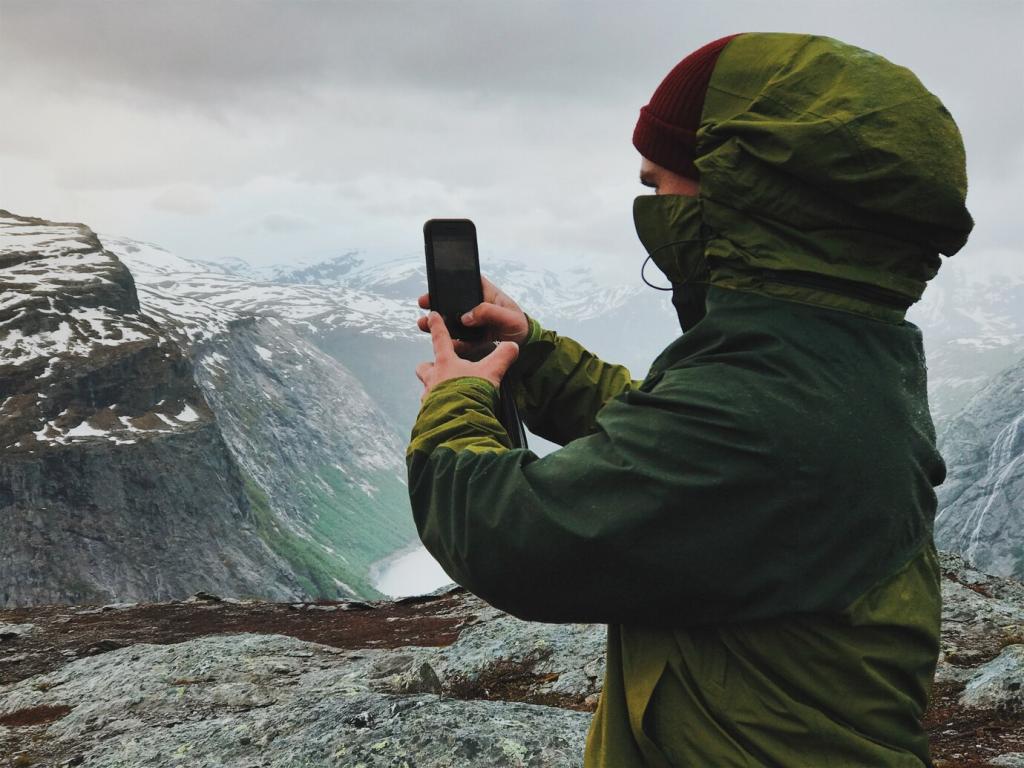
The golden hours on foot
At first light and last glow, trails soften with cooler air and calmer footsteps. Elk drift from timberlines, foxes skirt boardwalk edges, and owls cede the sky. Walk slowly, pause often, and let the day’s hush guide your shutter rhythm.
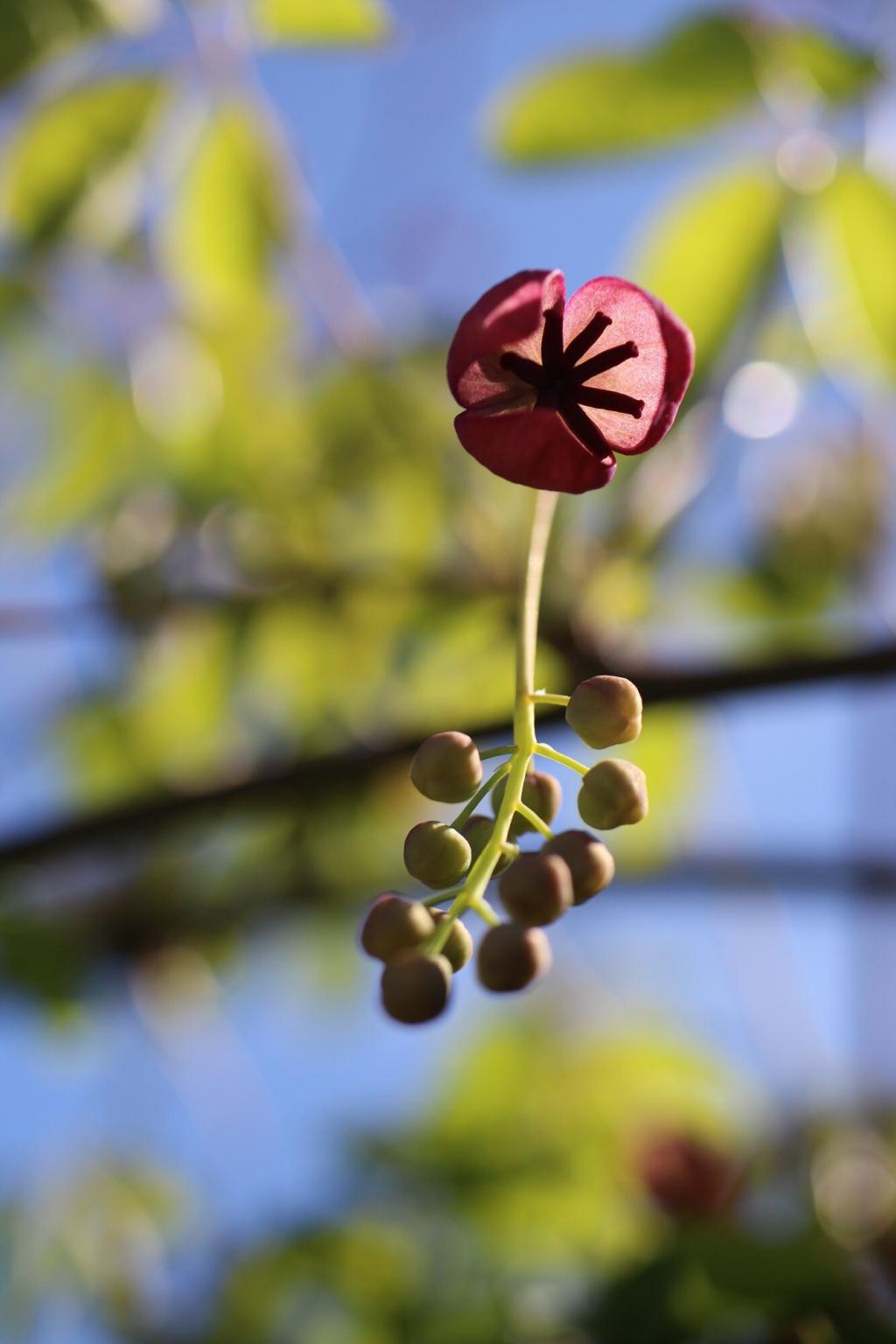
Reading tracks, scat, and subtle signs
A smudge in the dust, a nibbled stem, the faint musk near a bend—these clues braid stories across the trail. Follow freshness, not fantasies, and always keep distance. Share the best sign you’ve decoded and how it shaped your next frame.
Trails That Reward: Iconic Routes for Wildlife Photography
Bison herds graze beyond sagebrush swales while pronghorn flicker along ridgelines. Use long lenses from pullouts and marked trails, watching for wolves at dawn. Respect closures, stay vigilant, and let distance become part of your storytelling composition.
Trails That Reward: Iconic Routes for Wildlife Photography
A boardwalk threads mirror-still water where herons hunt and alligators bask. The low angle invites reflections; polarizers tame glare without drowning colors. Move deliberately, whisper with companions, and capture layered frames of predator, perch, and the silver ribbon of light.

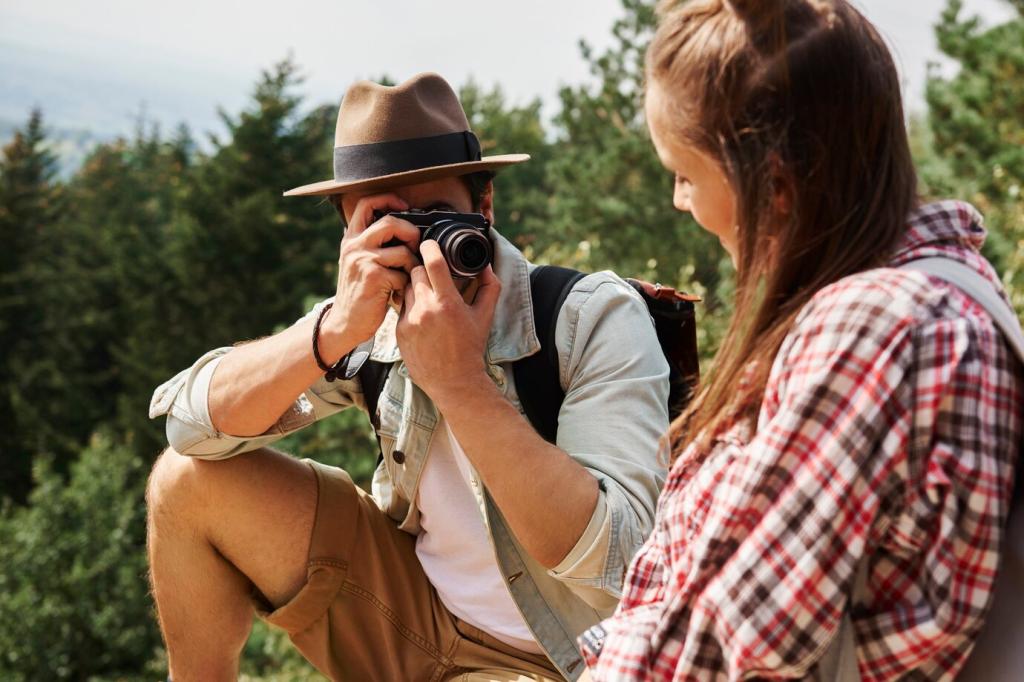

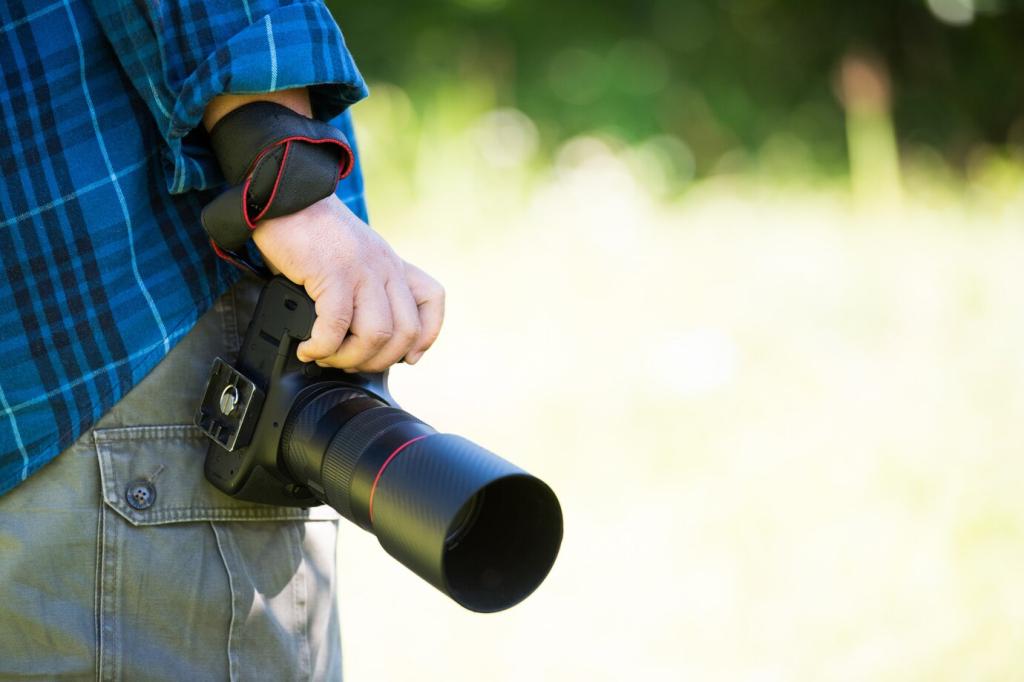
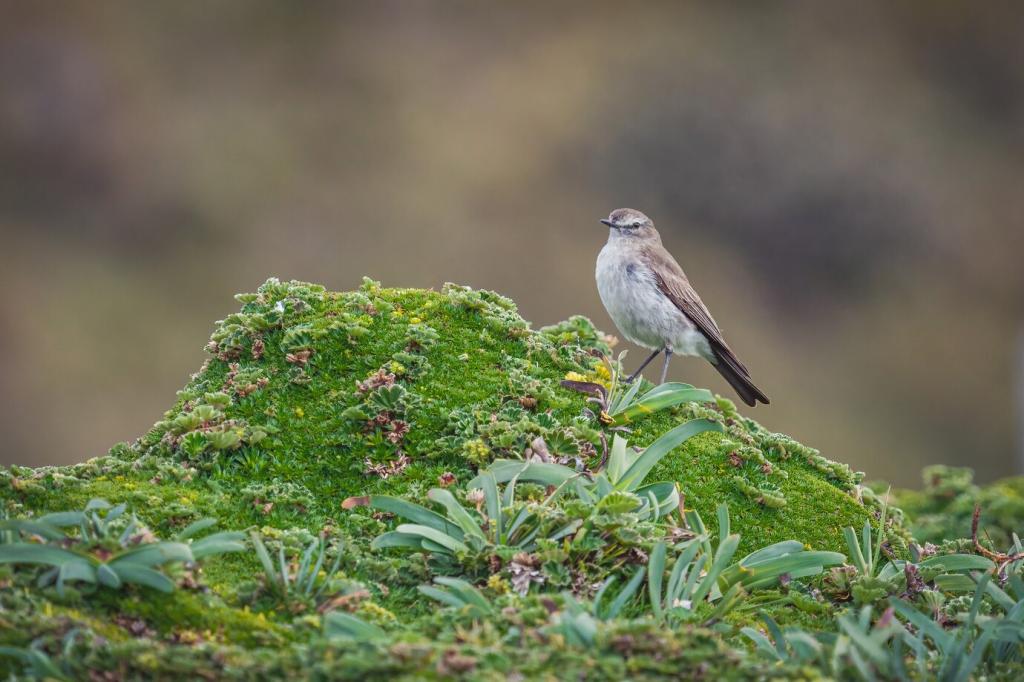
Safety and Leave No Trace for Wildlife Photographers
Know the distances, know the species
Bear, bison, elk, and moose demand generous space; songbirds ask for quiet, not proximity. Learn park-specific guidance and bring binoculars. Your longest lens is respect—use it first, then glass, and let caution turn encounters into stories worth retelling.

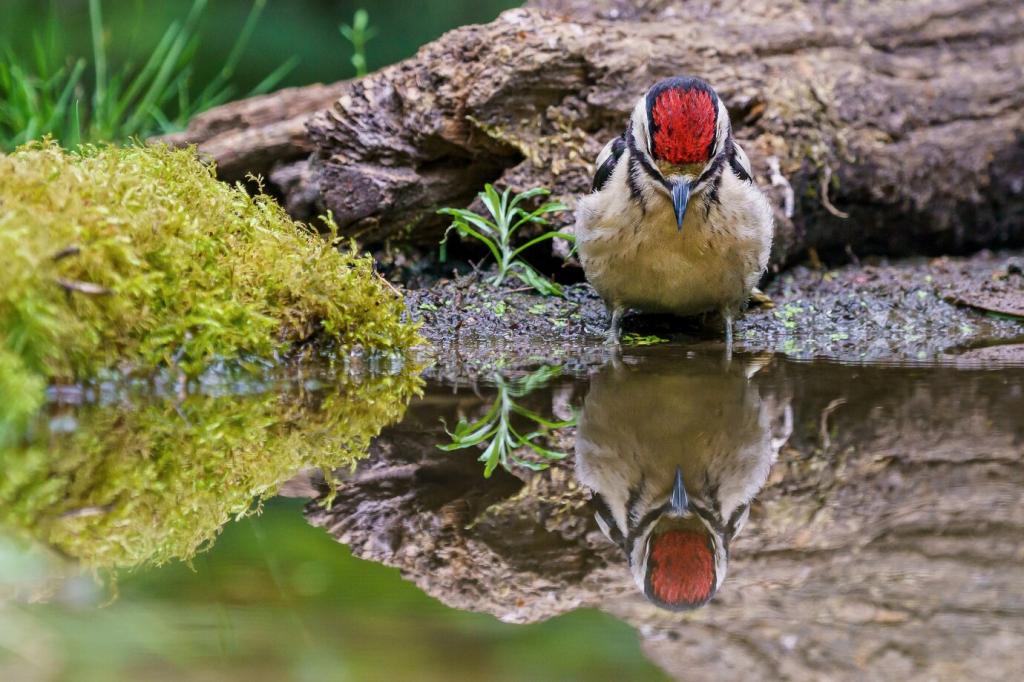
Trail etiquette that protects everyone
Yield courteously, keep bodies and tripods off sensitive flora, and step aside for faster hikers. Share sightings without creating crowds and move on when space narrows. Your example sets the tone, preserving both habitat and the gentle rhythm of the path.
Composing Stories: From Footpath to Frame
Use curves, footbridges, and switchbacks as leading lines that guide viewers to your subject. A hint of boardwalk or dusty tread adds place and scale. Try a low angle so the path and animal share the frame without crowding.
Composing Stories: From Footpath to Frame
Tight portraits capture personality; wider frames honor the ecosystem. Alternate lenses to weave a full story: behavior, environment, and moment. Include textures—bark, grass, snow—to echo the animal’s world. Which approach do you favor, and why does it move you?
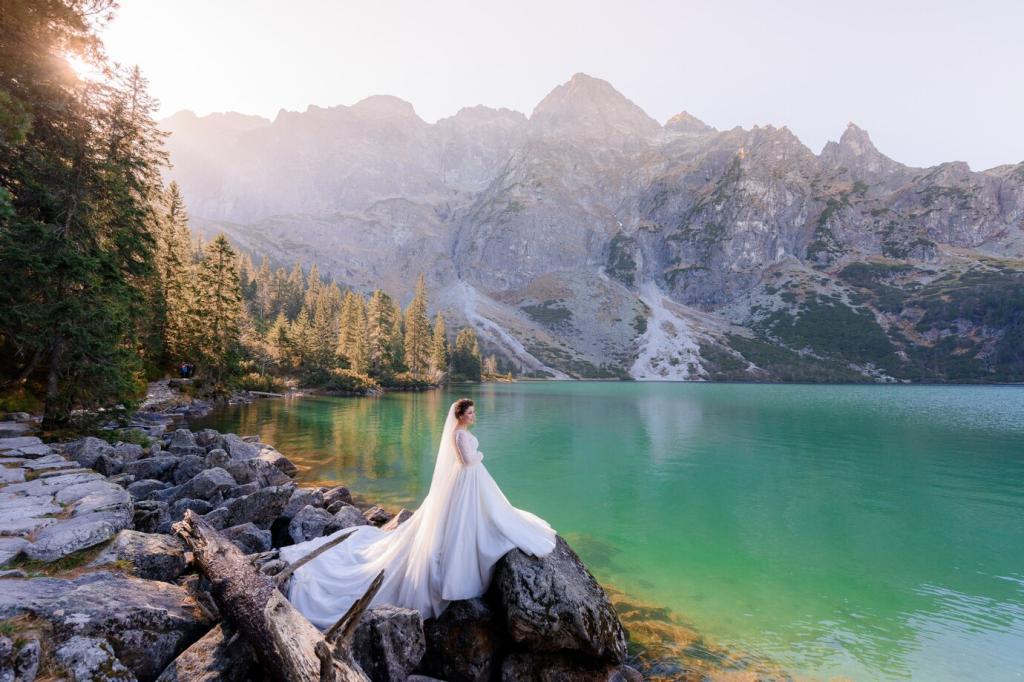
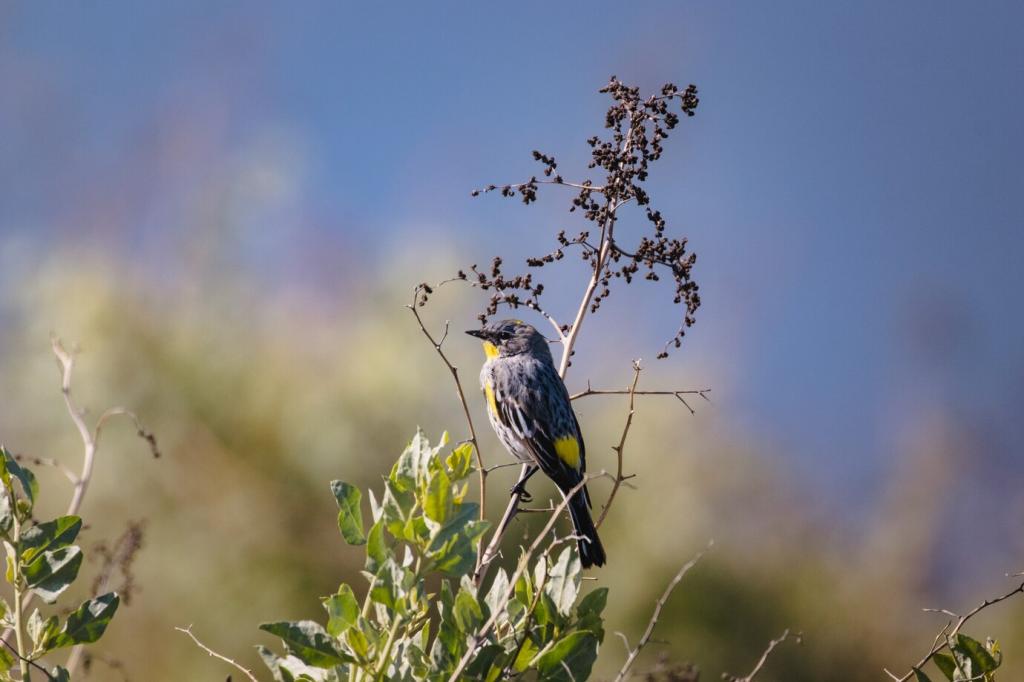
Spring awakenings and careful distances
Calves and cubs arrive as meadows brighten. Trails may hold protective closures—honor them. Look for patient behaviors: grooming, feeding, teaching. Use longer focal lengths and quiet shooting to keep family groups calm while still telling their tender stories.
Summer corridors in shade and snowmelt
Creeks become highways for tracks, while alpine meadows buzz with insects that draw swallows and flycatchers. Midday heat slows activity; seek edges of forest and water. Hydrate, rest, and let glints of movement cue your next focused frame.
Autumn and winter: clarity, tracks, and breath
Crisp air sharpens sound and sight. Frost reveals paw prints; steam curls from muzzles. With fewer leaves, sightlines open for distant subjects. Dress warm, protect batteries, and savor the quiet that turns a footfall into a narrative beat.
